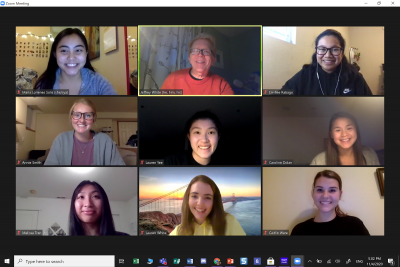As a mid-career academic, I find myself struggling. So much has changed in the time since I was the undergraduate my students are now. After three decades, the texts that were so buzz-worthy then are no longer abuzz. Thinkers and theorists that my field taught me to worship now feel outdated (their underlined pages grow…Continue Reading The Lesson in Question
The Lesson in Question
- Author By Lars Larson
- Publication date March 11, 2021
- Categories: Community Posts, Featured, Teaching Tips
- No Comments on The Lesson in Question

